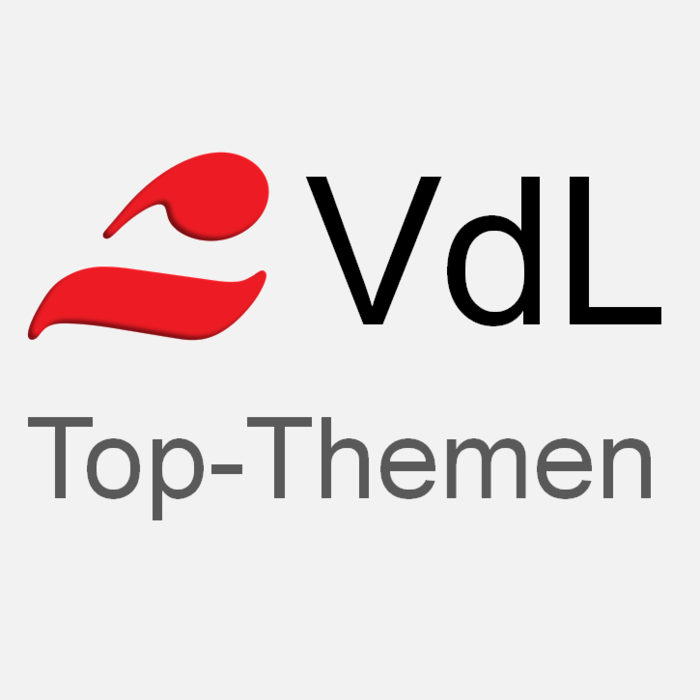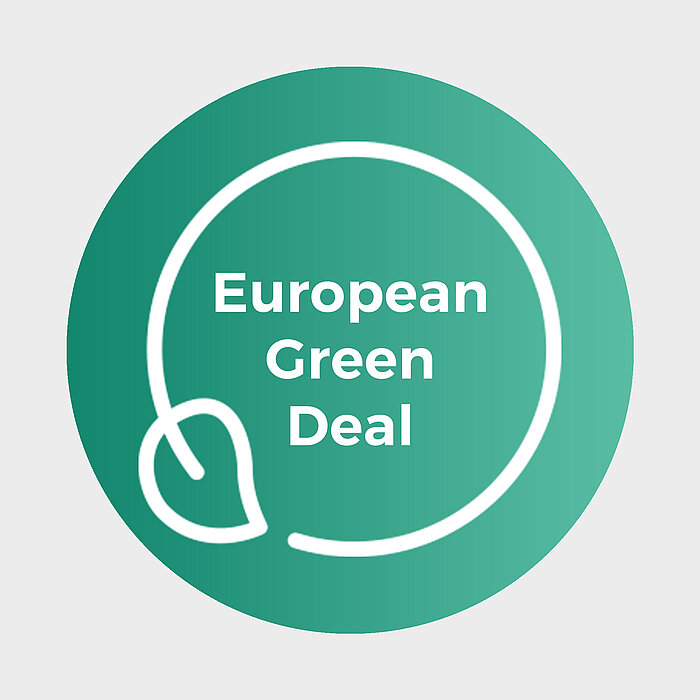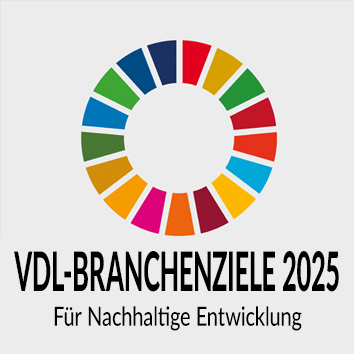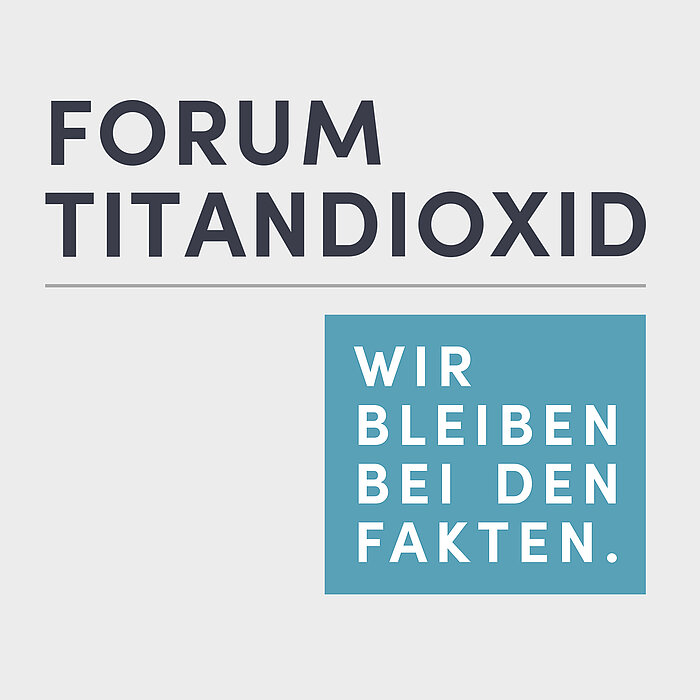Comment on the criteria to identify endocrine disruptors for biocidal products
In our view, the criteria to identify endocrine disrupting substances as presented by the European Commission are too broad and hence not suitable to differentiate between substances of regulatory concern and those substances that can be used safely and thus do not require (additional) regulation. We are in particular concerned that the proposed definition would have negative effects for biocidal active substances which are necessary for paints, coatings and printing inks: Biocides identified as endocrine disruptors according to the proposed criteria would no longer be available– even though they can be used safely in paints, coatings and printing inks. Because of the very complex approval process for biocides in Europe, new biocidal substances will arrive at the market only after a considerable delay - if they get approved at all. Therefore, the already very small number of effective biocides for paints, coatings and printing inks would decrease even more in the near future.
This is especially critical for water-based paints, coatings and printing inks since they crucially depend on the availability of a sufficient number of potent biocidal active substances. In contrast to solvent-based products the water-based products need to be protected from microbial contamination. Microbes present a risk not only for the stability of our products but may also negatively affect the treated article or building and could impose a health risk. For the same reasons, effective biocides are also essential for film and wood preservatives and for antifouling paints. In particular in view of the many positive effects these products have for the environment (e.g. reduced VOC-emissions, reduced energy consumption, extended renovation intervals, weather protection etc.) Europe should not risk losing even one of them.
We acknowledge that the criteria are based on the ED definition of the WHO and that additionally a “weight of evidence” approach is established for the assessment of all relevant scientific information. However, essential points are still lacking: From our perspective, a suitable definition should include also potency, severity, lead toxicity, and (ir)reversibility of the effect. This is necessary in order to distinguish between those substances which are of regulatory concern and those which are not.
We agree with the Commission that categories (as described in option 3) are not relevant for ED criteria. However, given the fact that all four options examined in the impact assessment offer the same high level of protection to human health and only Option 4 ranks consistently as the best option in the analysis along the dimensions of effectiveness, coherence, and efficiency, it is - from our point of view -not comprehensible that the Commission did not chose Option 4 as the basis for the definition. We think that the results of the impact assessment should be considered with more respect.
For further details we refer to the feedback from Verband der Chemischen Industrie e.V. (VCI) from 21 July 2016, which we fully support.
The German paint and printing ink association (VdL) represents over 180 – mostly mid-sized – manufacturers of paints, coatings and printing inks. The VdL stands for over 90 percent of this industry in Germany. In 2015 the German manufacturers of paints, coatings and printing inks realized sales of ca. 8 billion euros and employed ca. 25,000 staff.
Verbraucherschutz und Produktsicherheit
VdL-Positionspapier zum Thema "Kriterien zur Identifizierung Endokriner Disruptoren"
|
Verbraucherschutz und Produktsicherheit





